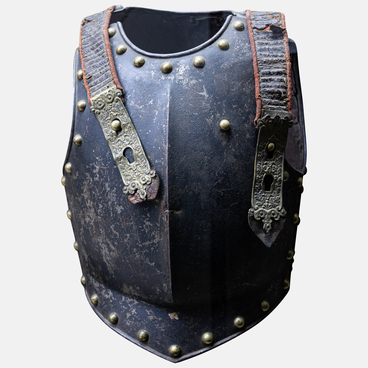The Ulyanovsk Regional Museum of Local Lore named after Ivan Goncharov presents an exact replica of the Volga passenger single-deck steamer called “Woldemar von Glasenapp” from the Samolyot company — one of the largest Russian shipping companies on the Volga before the revolution.
It was founded by Woldemar von Glasenapp and Maximilian Behaghel von Adlerskron. In 1852, the retired naval captain Woldemar von Glasenapp requested permission to open a passenger shipping line in the upper reaches of the Volga between Tver, Rybinsk, and Yaroslavl. In a note addressing this matter, von Glasenapp indicated that he aimed to provide fast and affordable communication for “the public and working class”, connecting these cities with the Nikolaevskaya railway that had been opened on November 1, 1851. Permission was granted on February 5, 1853, and Glasenapp, along with the titular councilor Behaghel von Adlerskron, filed a petition to establish a partnership on shares called Samolyot. In 1863, this partnership transformed into a society and eventually became a prominent Russian shipping company in the mid-1860s.
At first, steamships for the Samolyot company were mainly built at the Cockerill plant in Belgium. By the end of the 1850s, the company had 20 steamships on the Volga. In the early 1860s, nine more new large steamships of 100 nominal horsepower each arrived from the Cockerill plant: “Woldemar von Glasenapp”, “Letuchiy”, “Vestnik”, “Skory”, “Putnik”, “Naslednik-Tsesarevich”, “Empress”, “Strannik” and “Tourist”. By the mid-1870s, the company had 38 steamships and operated regular lines: along the Volga — from Tver to Astrakhan, the Oka — from Nizhny Novgorod to Ryazan, the Kama — to Perm, and the Sheksna. The “Woldemar von Glasenapp” and other early steamships of the Samolyot company were long single-deck vessels with large cased wheels on the sides. The steam engine was located in the center of the ship’s body, with two tall pipes above it. The ship had first and second-class cabins. Third-class passengers were accommodated directly on the deck. The ship could carry up to 200 passengers.


